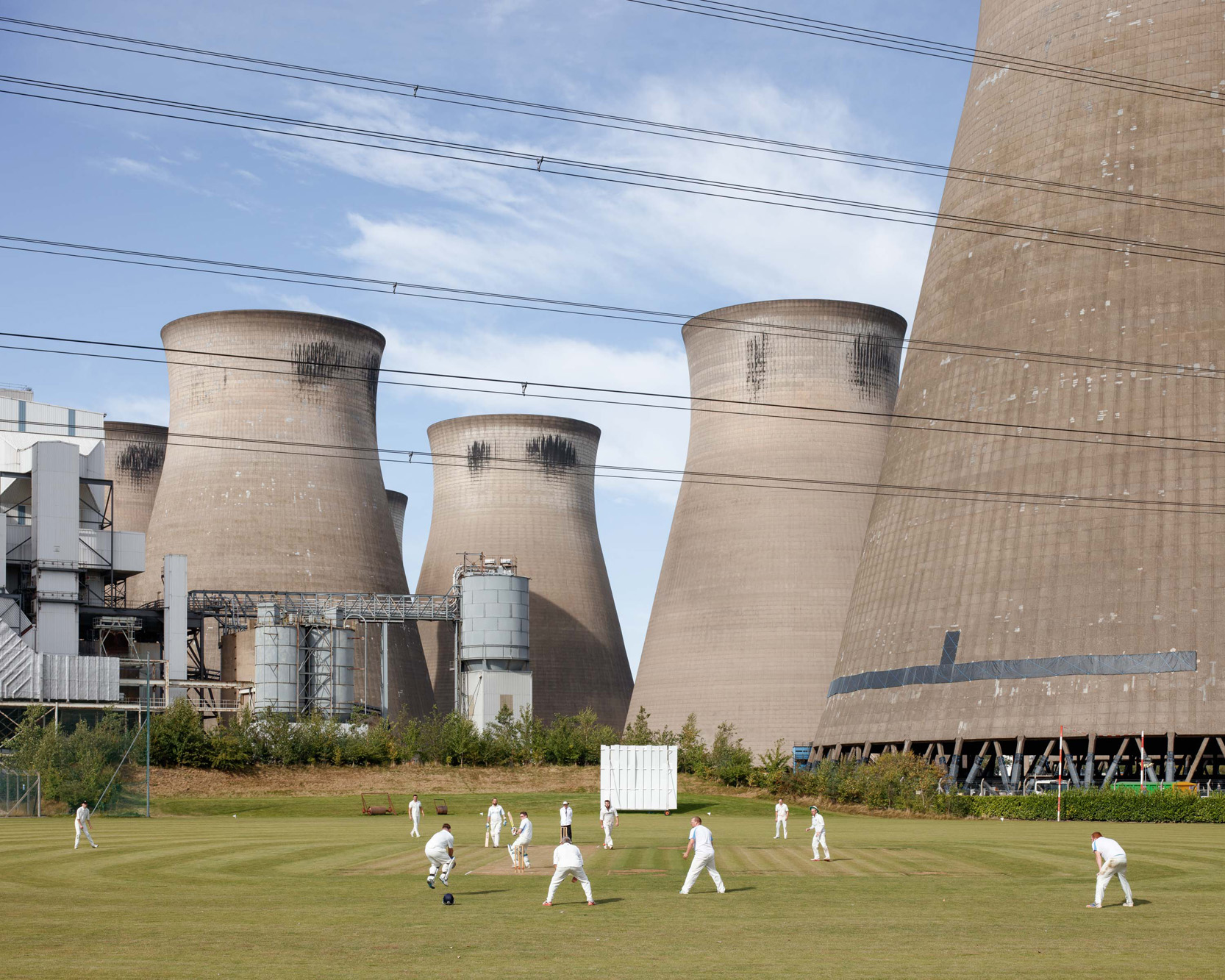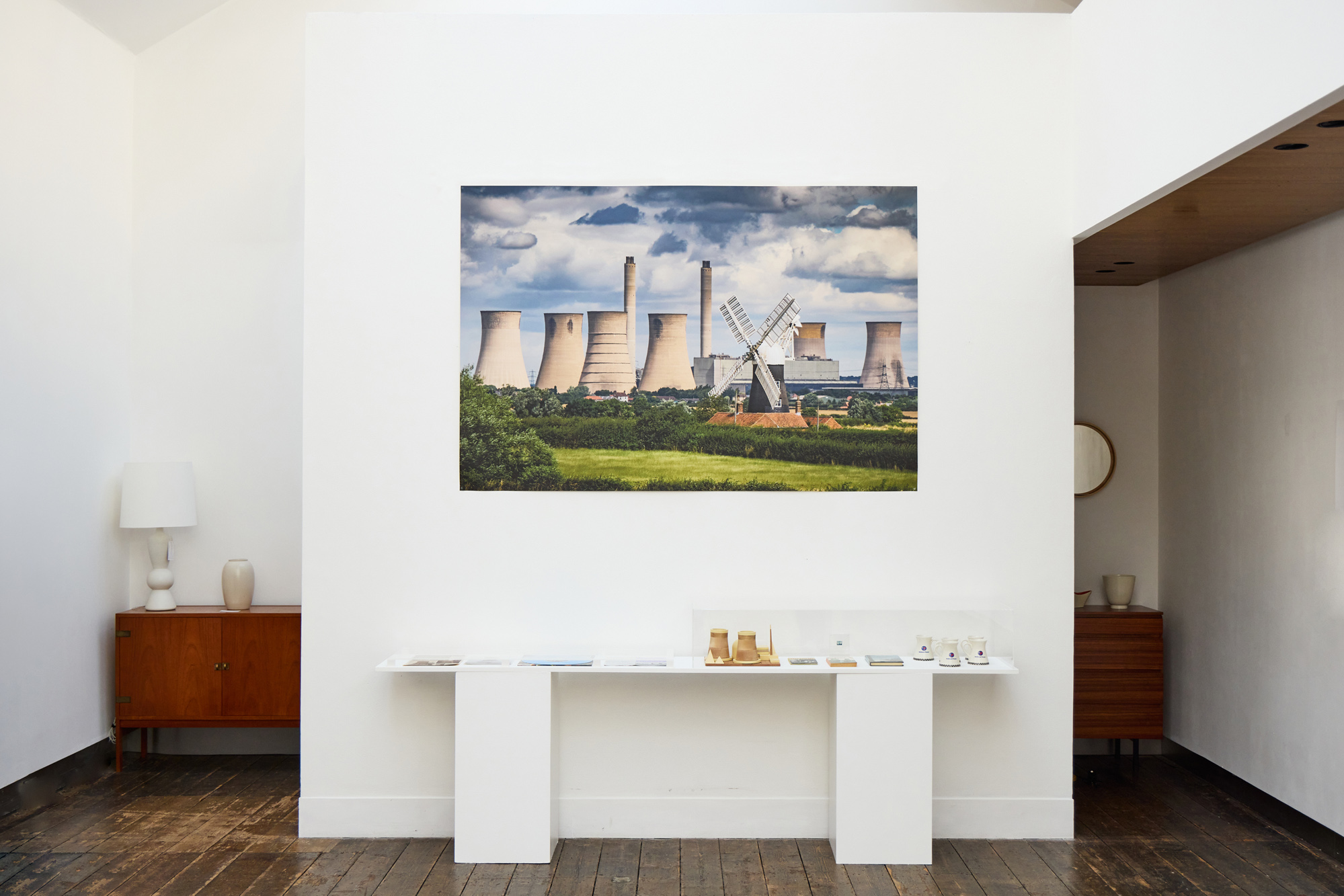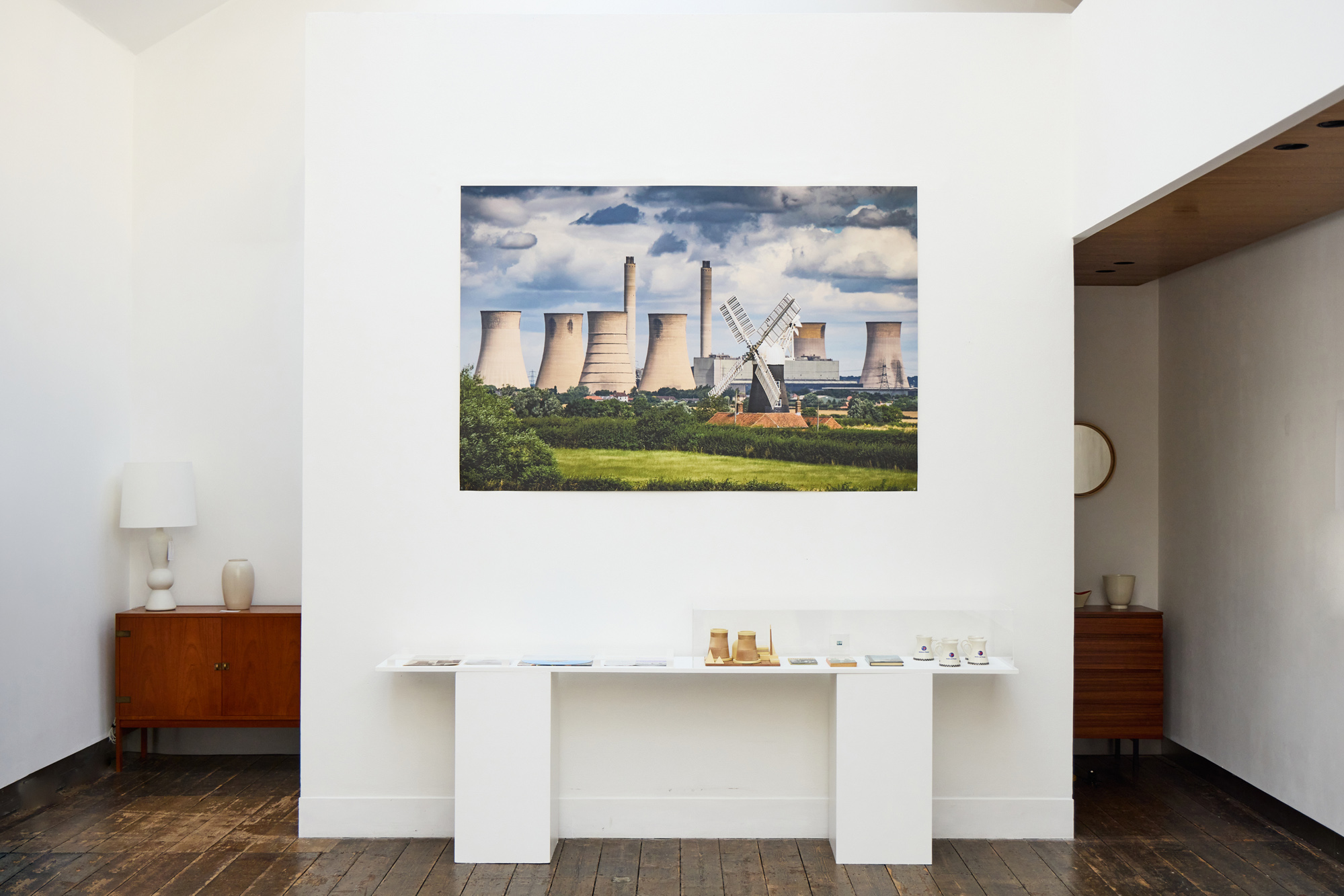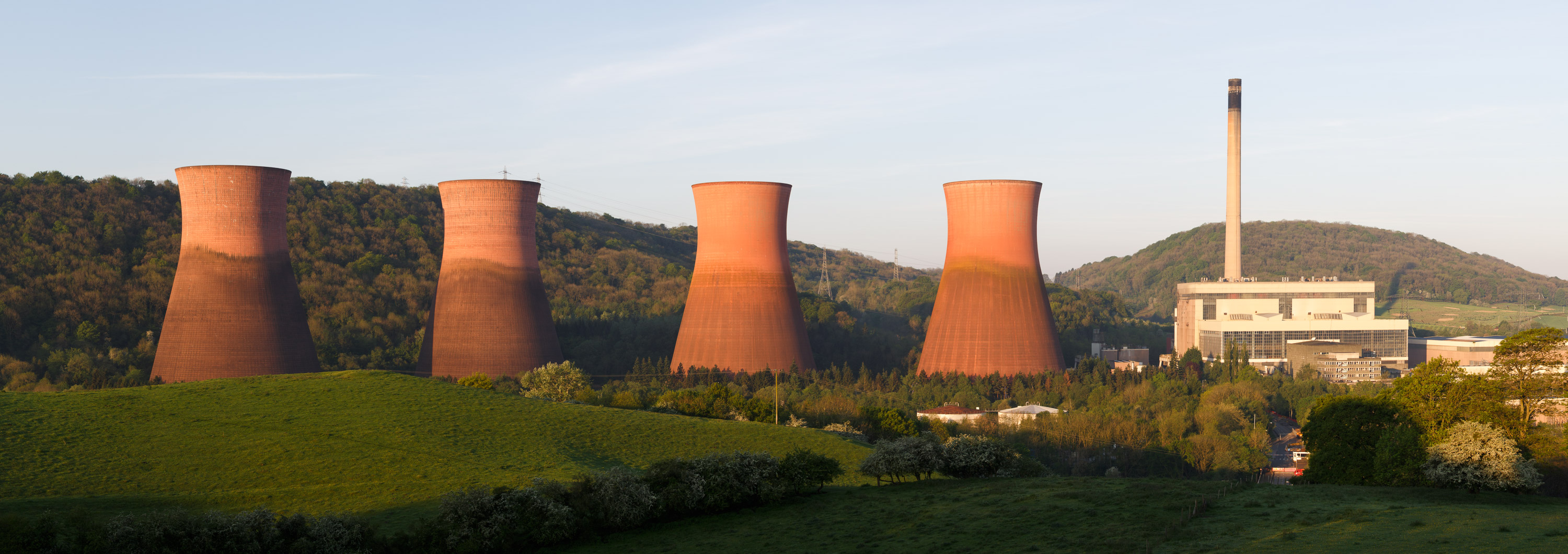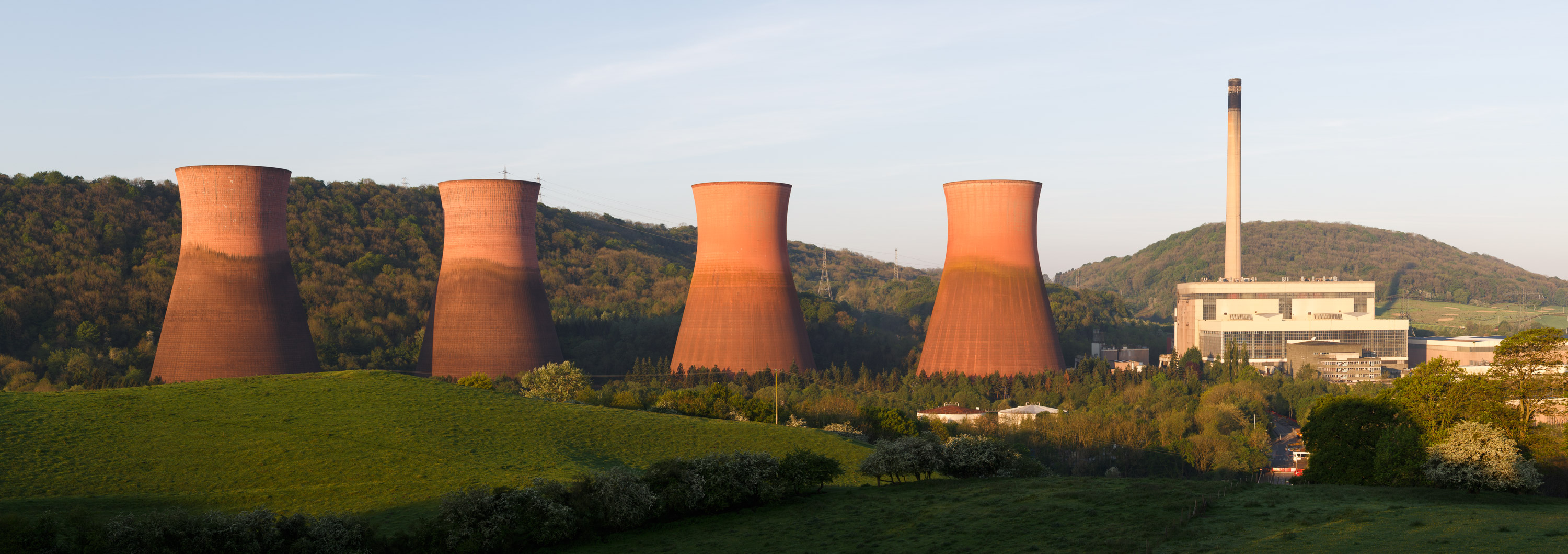BRITISH COOLING TOWERS –
SCULPTURAL GIANTS
EXHIBITION HELD AT
34 WIGMORE STREET, LONDON W1
03 JUNE – 18 JUNE 2023
In association with the Twentieth Century Society (C20 Society) and as part of the London Festival of Architecture, the exhibition chronicled the silent sculptural beauty of cooling towers, examining the lasting impact they have had on the British landscape and what the immediate future of the last remaining towers could hold.
Higher than the dome of St Paul’s Cathedral, yet with a concrete hyperbolic structure in some places only seven inches thick, cooling towers are unlike any other structure in the British landscape, which have become a familiar presence over the last 60 years. Artist Sir Antony Gormley has admiringly described the cooling tower as a ‘Man made volcano...a wonderful relic of the carbon age, a memorial to our 200-year-long romance with the second law of thermodynamics’.
The origin of cooling towers dates back more than a century, when two Dutch engineers, Professor Frederick K. van Iterson and Gerard Kuypers, pioneered the use of a ‘hyperboloid’ tower at Limburg, Netherlands, in 1918. Deriving their name from their function, cooling towers were designed to cool the high temperature steam that drives the turbines in power stations. The first examples in the UK were built at Liverpool’s Lister Drive Power Station in 1924.
Cooling towers seen today are a product of the nationalisation of Britain’s electricity supply industry in 1948. The newly formed Central Electricity Generating Board (CEGB) had two principal statutory duties: firstly, to develop and maintain an efficient, coordinated and economical system of electricity supply, and secondly to minimise the impact of power stations and overhead lines on scenery, fauna and flora.
They initiated the development of ten coal-fired ‘super power stations’ that started construction in the early 1960s; only three of which now remain active. Their distribution was concentrated in inland rural riverside locations that followed the arc of the Midlands, Yorkshire and Lancashire coalfields; the engine room of England.
From a peak of around 250 cooling towers in the mid-1960s, there are now only 33 individual towers remaining across the UK. With the enormous environmental and carbon cost of demolition increasingly unconscionable, equally innovative thinking and radical ideas are required, if these sculptural giants of the twentieth century are to survive as historic monuments well into the twenty first.
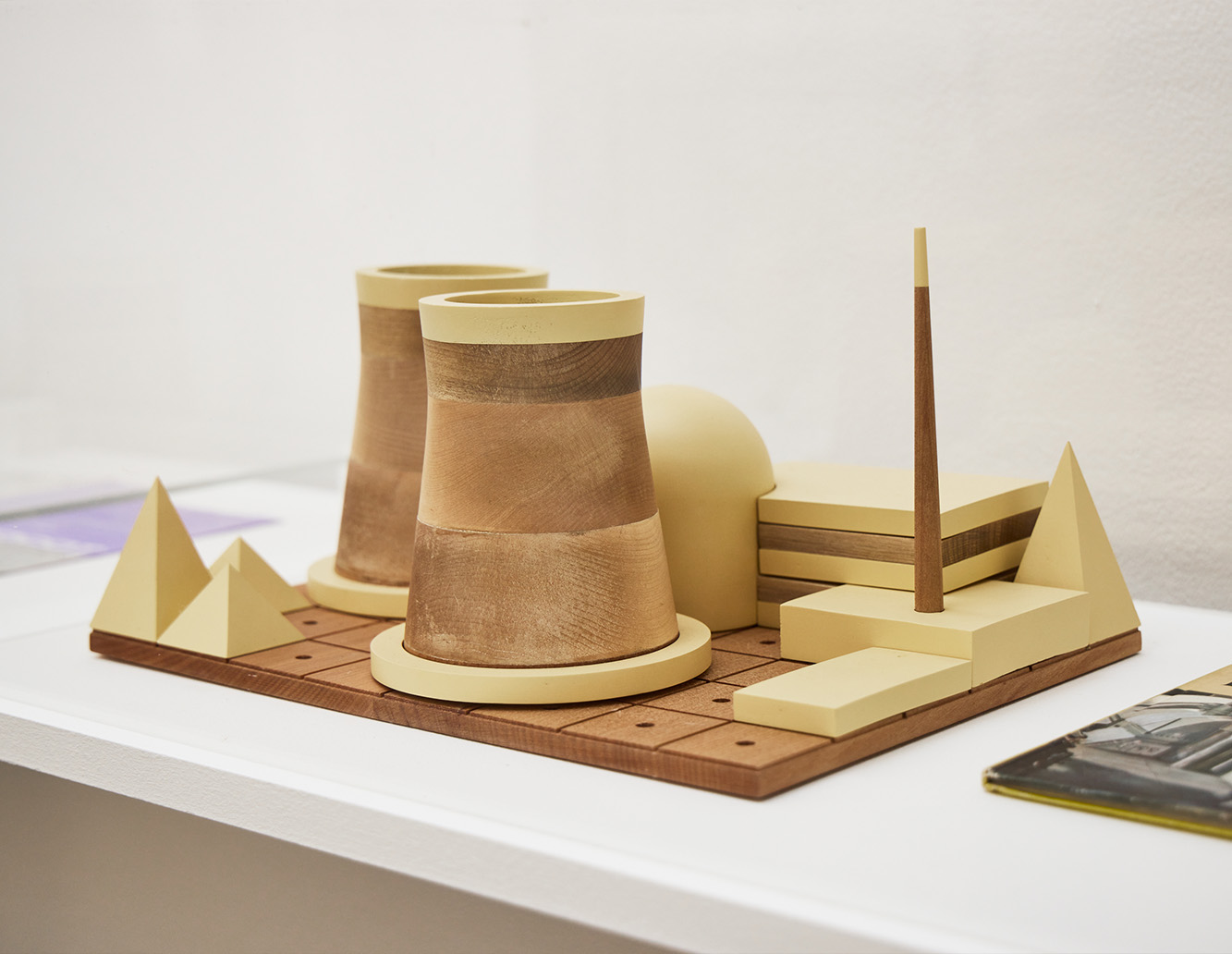
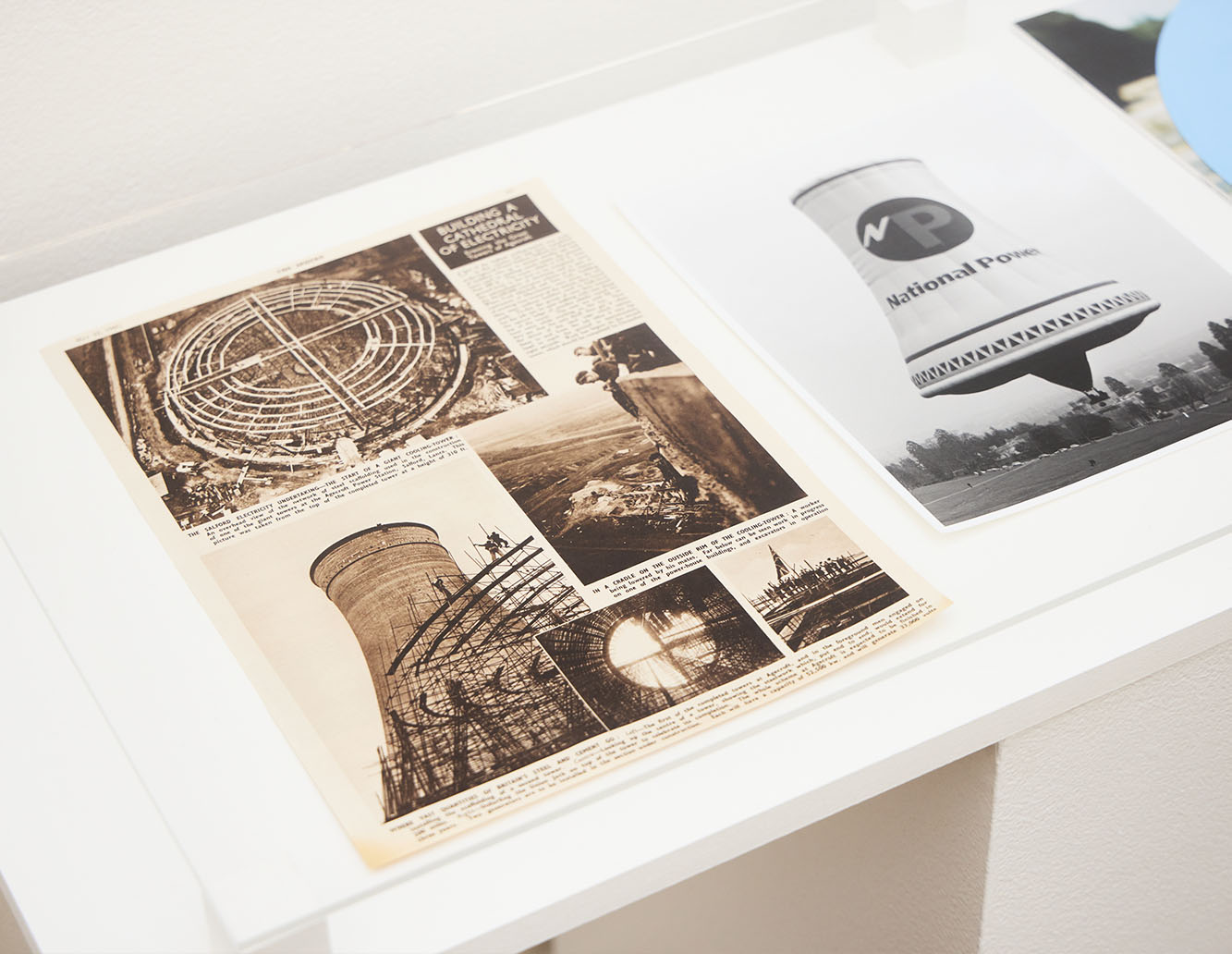
The C20 Society has attempted to secure national listing for the examples at West Burton, Nottinghamshire, the oldest surviving towers still in operation, and recently included them in their Risk List of the top 10 buildings under threat in 2023. The Society is now calling for at least one set of cooling towers to be preserved and is exploring how they might be repurposed in the age of sustainability.
The Twentieth Century Society is the national charity for the protection of Britain’s modern architecture and design heritage. For over forty years, their campaigns have helped save countless landmarks for the nation, from iconic red phone boxes to Art Deco lidos, modernist housing estates to brutalist bus stations, even helping the redundant Bankside Power Station to become the cathedral of art, Tate Modern.


